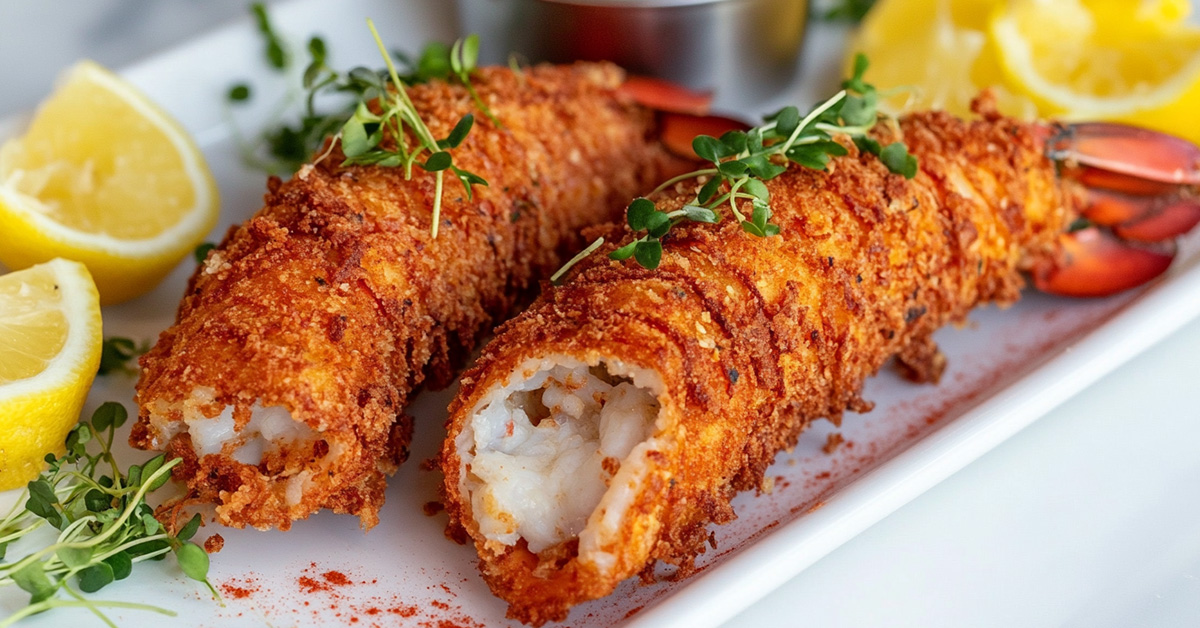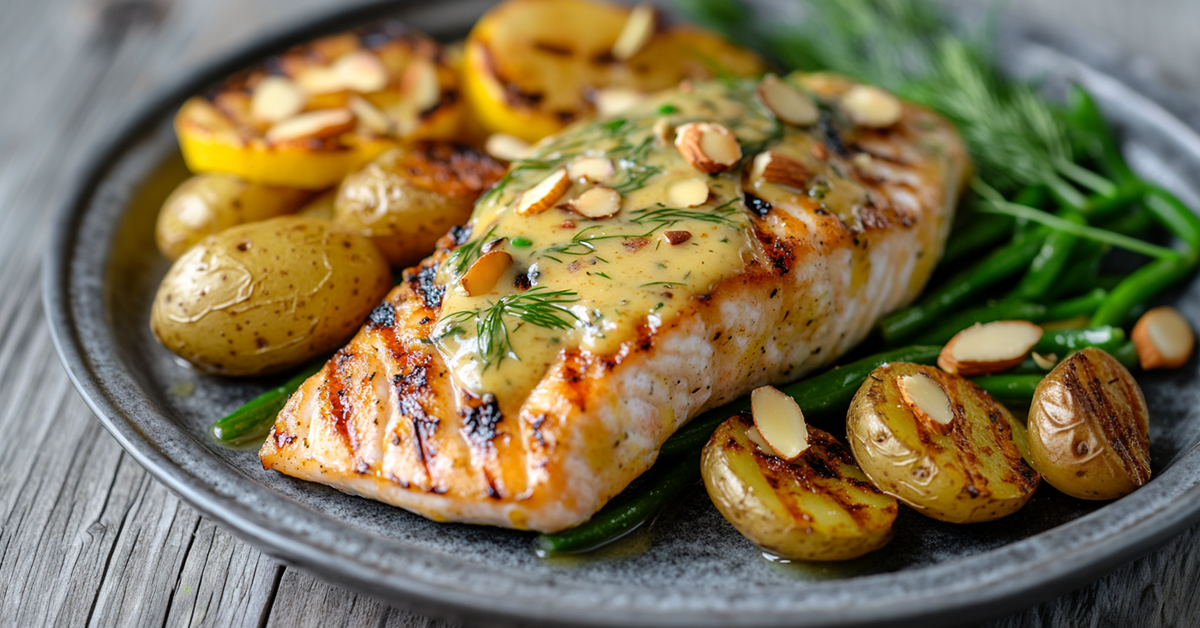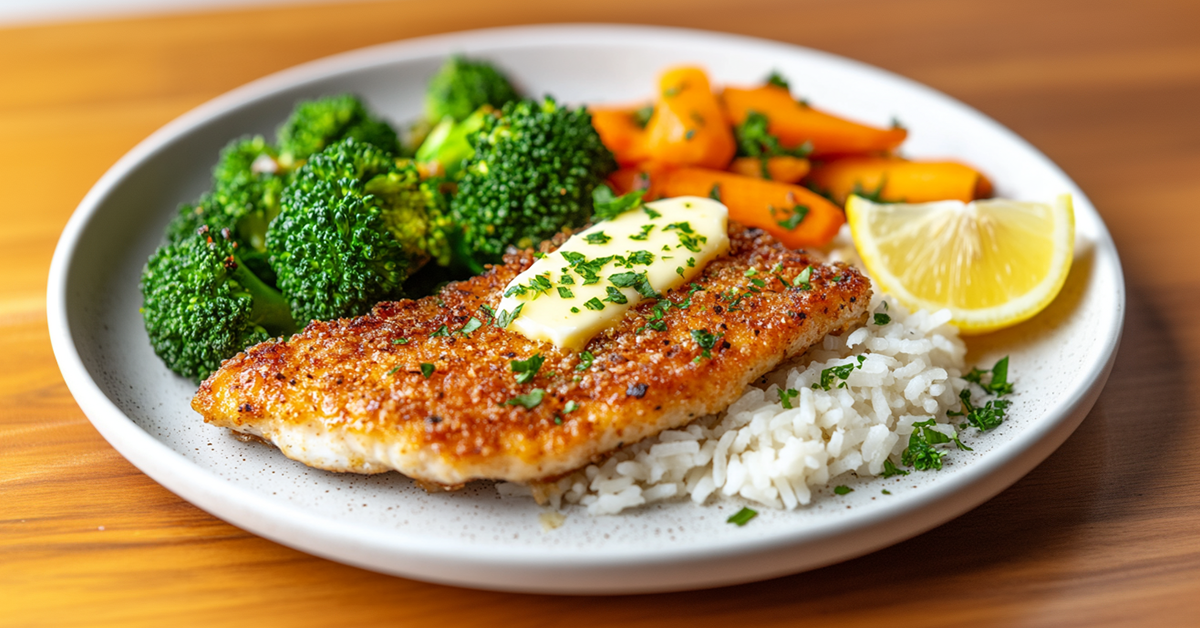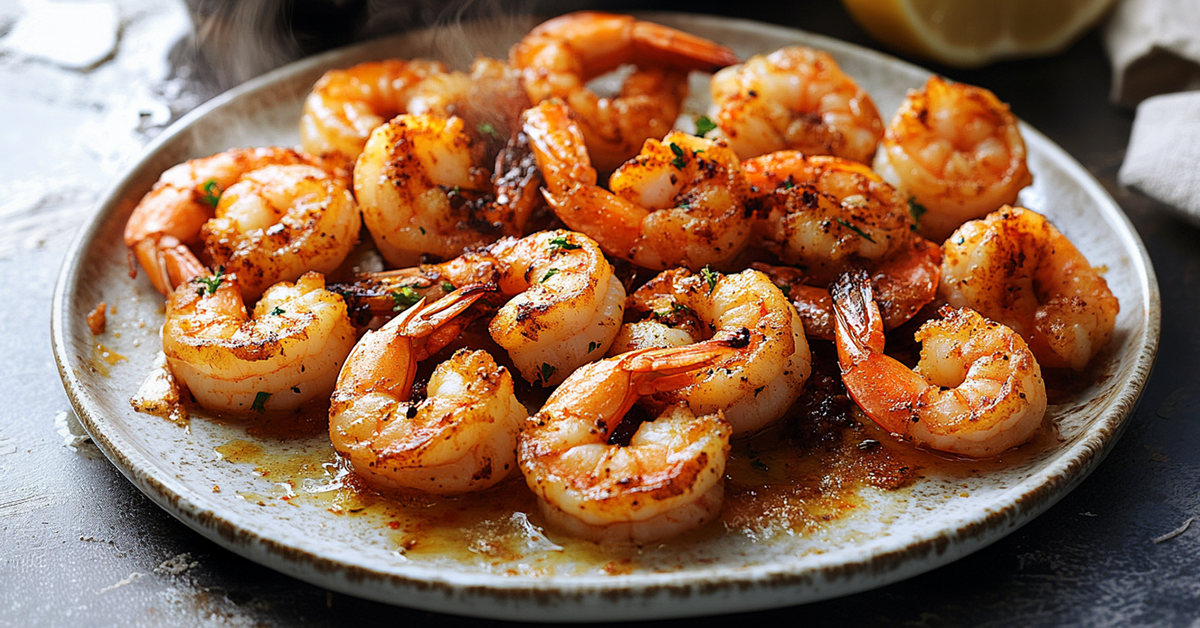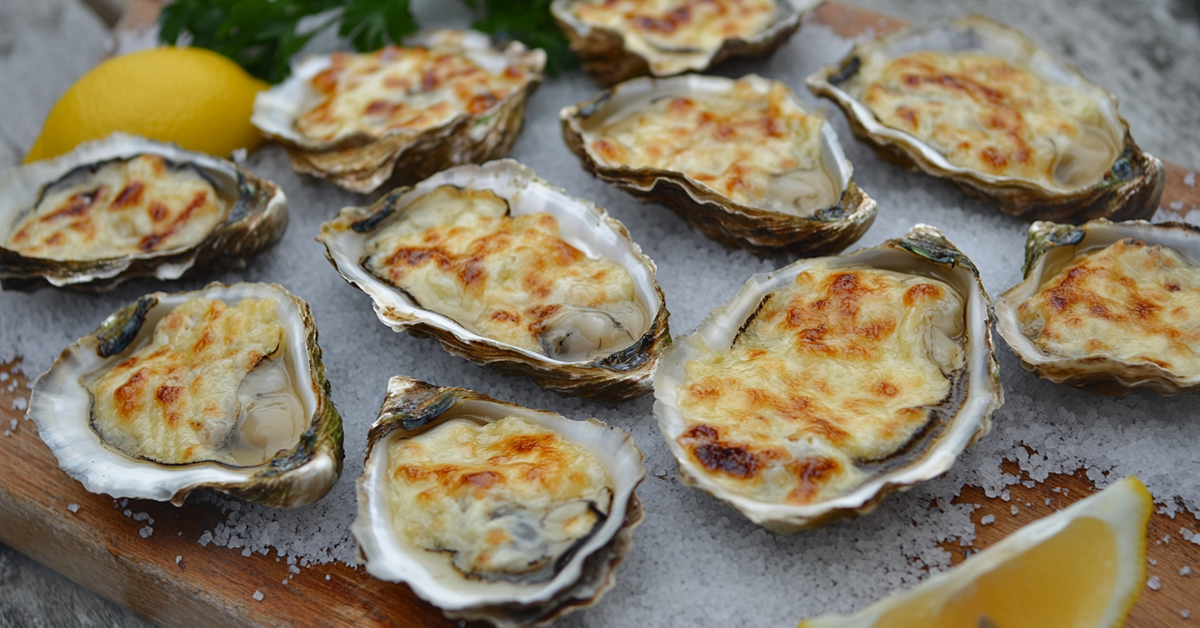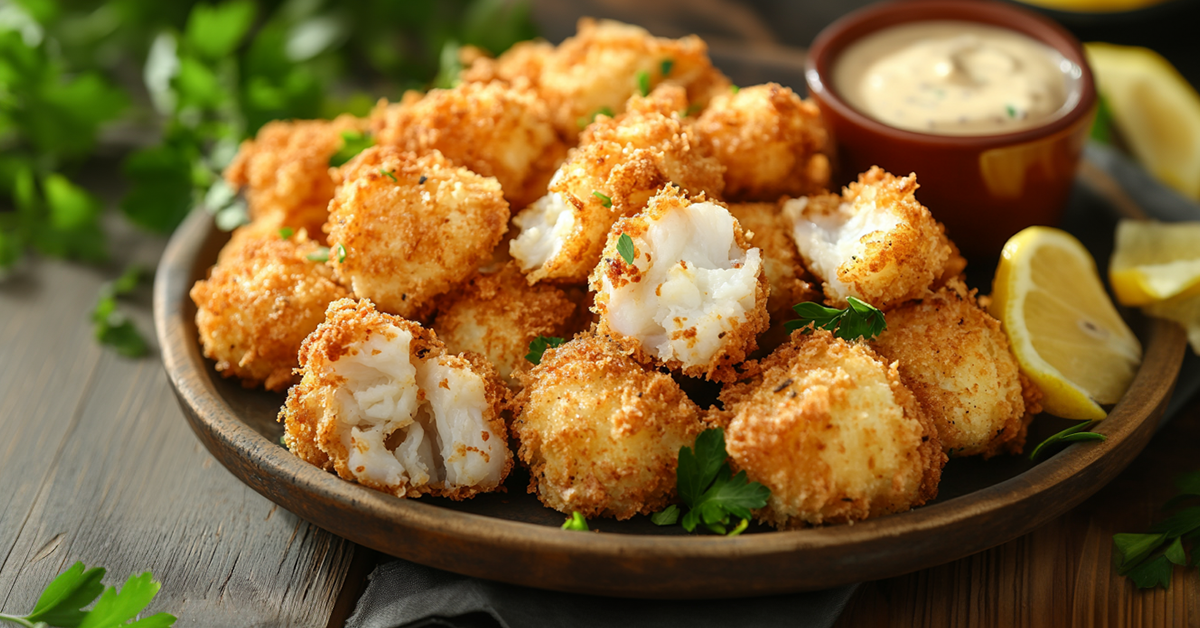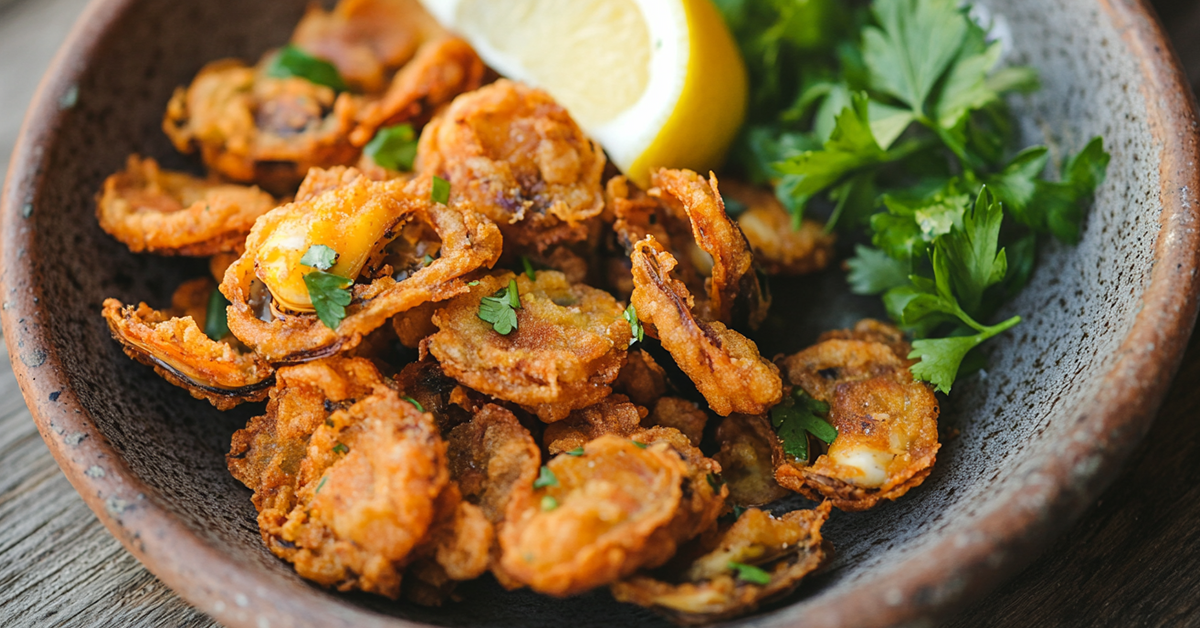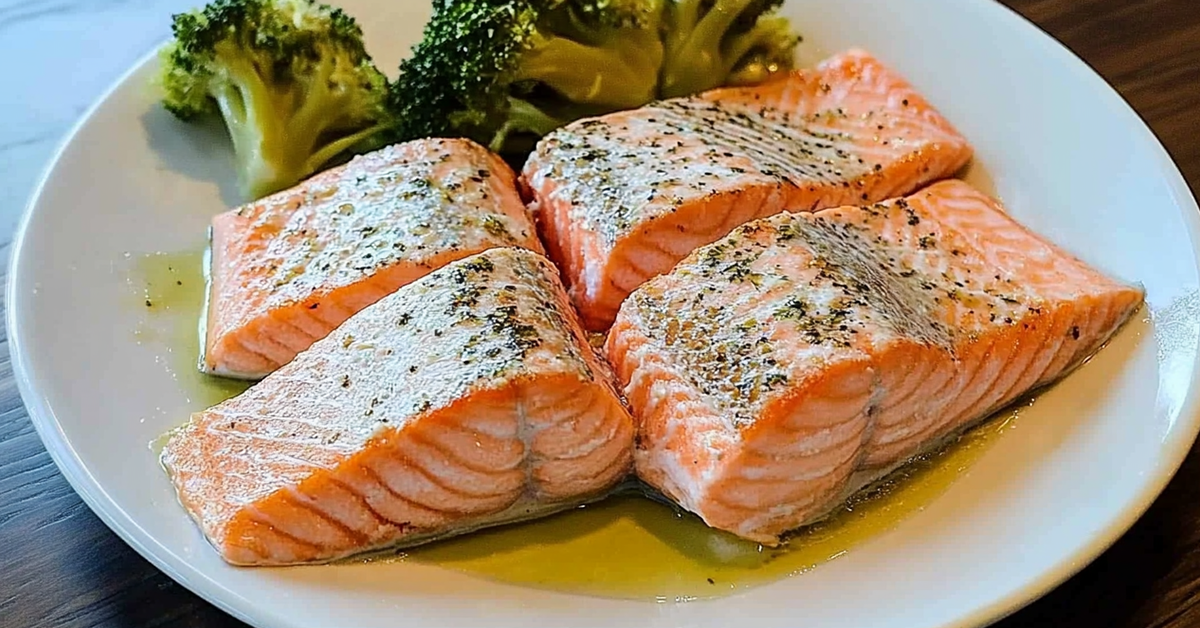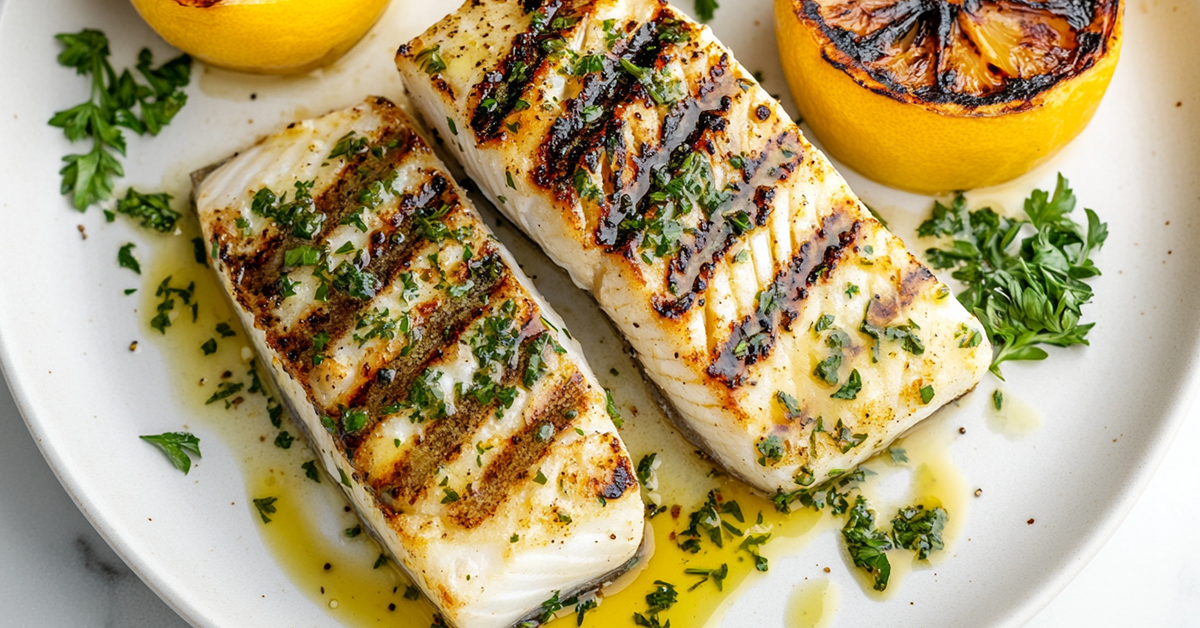Lobster stands out as a premium seafood delicacy, and its fried version raises the dining experience to another level. A crispy coating wraps around tender, juicy meat that creates an amazing contrast of textures.
You might think fried lobster is hard to make, but the process is simpler than you’d expect. Your home kitchen can transform into a spot where you’ll make restaurant-quality dishes. This piece shows you the steps from picking the right lobster to getting that perfect golden-brown crust.
What you’ll learn:
- How to choose and prepare lobster for frying
- Essential tools and equipment needed
- Step-by-step cooking instructions
- Serving suggestions and flavor variations
- Nutritional information and health benefits
Table of Contents
Choosing the Right Lobster for Frying
The perfect fried lobster starts with picking the right lobster. Cold water lobsters are your best bet, especially when you have ones from Maine or Alaska. These lobsters offer sweeter, more tender meat than their warm water cousins.
Quality lobster makes a big difference. Fresh lobster gives you firm, tender texture and natural sweetness. You’ll notice these qualities in cold water varieties. The cooler temperatures stop salt water from seeping into the meat, which creates that luxurious texture you want.
These signs tell you the lobster is good for frying:
- Look for bright, glossy shells without discoloration
- Avoid tails soaked in sodium tripolyphosphate
- Check for firm meat texture
- Make sure there’s no ammonia smell
- Choose hard shell lobsters for grilling or harsh cooking methods
The choice between hard and soft shell lobsters depends on your cooking method. Hard shell lobsters can take higher temperatures and intense cooking methods, making them better for frying. They also give you about 30% more meat than soft shell ones.
Smaller lobsters between 1-3 pounds work best for frying. Larger lobsters taste just as good but can be tricky to cook evenly. A 1½-pound lobster gives you 6-8 ounces of meat – perfect for one person.
Living far from the coast might mean you need frozen lobster. Fresh is usually better, but modern freezing methods have come a long way. Quick-freezing with nitrogen or carbon dioxide gasses helps keep the lobster’s natural flavors. Fresh lobster is still your best choice since it hasn’t gone through any preservation that could change its natural taste.
Great fried lobster starts with top-quality ingredients. The care you take in selecting your lobster will affect your final dish’s taste and texture by a lot.
Read also: Butter Poached Lobster Recipe
Tools and Equipment Needed for Fried Lobster Recipe
The right tools make all the difference when you’re getting ready to cook fried lobster. A well-equipped kitchen lets you cook smoothly and enjoy the process more.
These are the tools you’ll need to make perfect fried lobster:
- Large pot or deep pan (4-5 quart for 2 lobsters, 19-20 quart for 6-8 lobsters)
- Kitchen scissors or shears for shell preparation
- Instant-read thermometer
- Tongs or slotted spoon
- Large bowl for preparation
- Two shallow bowls for breading
- Paper towels for draining
Your choice of cooking pot makes a big difference. Aluminum pots are lighter and heat up faster, but stainless steel pots last longer and clean up easier. A 4-5 quart pot works great to cook two good-sized lobsters.
Temperature Control Equipment You’ll want a long-stem thermometer to keep an eye on oil temperature. The best frying temperature sits between 350-375 degrees F. The oil needs to stay at the same temperature so your lobster cooks evenly.
Specialized Lobster Tools Lobster picks and crackers are helpful but not required. These tools help you get meat from tight spots and crack shells quickly. A small fork works instead of picks, and kitchen scissors or a nutcracker can crack shells just fine.
Safety Equipment A kitchen fire extinguisher rated for oil should be nearby. The oil bubbles up when food goes in, so your pot needs extra room at the top. Leave several inches of space to stay safe.
Oil Filtering Equipment Large coffee filters and a stainless steel strainer come in handy if you want to reuse your oil. They help clean out stuff that settles at the bottom of cooled oil. The oil used for fried lobster often gets too dark and dirty to reuse.
A dedicated deep fryer might be worth buying if you fry food often. It controls temperature better and works more safely. Your oil should cover at least half of the lobster, whether you use a pot or deep fryer.
Put your cutting board on top of a shallow pan to catch drips while preparing the lobster. This simple trick keeps your workspace clean while you handle the meat.
Read also: Fish Stir-Fry Recipe
Preparing Lobster for Frying
The right preparation will give you perfectly fried lobster tails. Let’s head over to the significant steps that lead to success.
How to clean and prep lobster tails
Your lobster tails should defrost overnight in the refrigerator. Cold running water will help remove excess iodine for about 10 minutes. The tails need to rest on paper towels for about 10 minutes to eliminate excess moisture.
Important Tip: The meat should never soak or have shells completely submerged during cleaning because this can make your lobster meat mushy.
Cutting and cracking lobster shells
The shell preparation follows these steps:
- Using kitchen shears, cut lengthwise through the center top of the shell
- Stop cutting just before reaching the tail fins
- Spread the shell open carefully
- Pull the meat out in one piece
- Close the shell and place the meat over it
Safety Note: The shells can be quite sharp, so handle them with extra care.
Marinating or seasoning options to improve flavor
Your fried lobster’s taste begins with the right seasoning. A classic seasoning blend contains:
- 1 tablespoon Cajun seasoning
- 1 tablespoon garlic powder
- 1 tablespoon onion powder
- 1 tablespoon paprika
The ultimate flavor comes from marinating your lobster tails in buttermilk for 30 minutes before frying. This technique adds tenderness and helps your coating stick better.
Pro Tip: The lobster should rest in buttermilk for a few minutes while your oil heats up. The seasonings will penetrate the meat and keep it moist.
Each piece needs full coverage in egg batter before moving to the flour mixture. This double-coating method creates that perfect crispy exterior you want.
The lobster needs one final pat-dry before the coating process starts. Excess moisture can stop your breading from sticking properly and might cause dangerous oil splatter during frying.
Read also: Greek Fried Fish Recipe
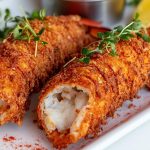
Fried Lobster Recipe
- Total Time: 25 minutes
- Yield: 4 servings 1x
Description
Make an amazing Southern-style fried lobster with a golden-brown crust. The magic happens when cornmeal meets seasonings to create a super crunchy coating that lets the lobster’s sweetness shine through.
Fresh lobster meets crispy cornmeal coating in this dish that you’ll never forget. You can whip this up quickly and end up with restaurant-quality fried lobster that’s perfectly seasoned with a beautiful golden color.
Ingredients
- 4 (1-pound) fresh lobster tails.
- 2 cups cornmeal.
- ½ cup all-purpose flour.
- 1 teaspoon ground cayenne pepper.
- 1 teaspoon garlic powder.
- 1 teaspoon onion powder.
- Salt and pepper to taste.
- 2 quarts oil for frying.
Instructions
- Butterfly the lobster tails: Grab your kitchen shears and cut down the center top of the shell lengthwise. Stop just before you reach the tail fins.
- Prepare the coating: Mix cornmeal, flour, cayenne, garlic powder, onion powder, salt, and pepper in a gallon-size resealable plastic bag. Give it a good shake to blend everything.
- Heat the oil: Get your frying oil to 365-370 degrees F in a deep fryer or large pot.
- Coat the lobster: Drop one tail at a time into your seasoned mixture bag. Shake it up until the tail is completely covered.
- Fry to perfection: Lower the coated tail into hot oil carefully. Let it cook 4-5 minutes until you see white meat and light golden-brown coating.
- Drain and serve: Lift it out with tongs and let it rest on paper towels to drain.
Notes
– Your oil should stay between 350-375 degrees F for the crunchiest results.
– Want smaller portions? Take the meat out of the shells and cut it into bite-sized pieces.
– Lobster’s sweetness really shines with this cornmeal coating.
– Cook just one tail at a time for the best outcome.
- Prep Time: 10 minutes
- Cook Time: 15 minutes
- Category: Seafood
- Method: Frying
Pro Tip: Take this dish up a notch by serving it with melted butter, cocktail sauce, or tartar sauce.
Serving Ideas for Fried Lobster
These serving suggestions will turn your perfectly cooked fried lobster into a memorable dining experience. Professional chefs use classic pairings and creative presentations to elevate their dishes, and you can too.
Classic Sauce Pairings Your fried lobster needs the right sauce to shine. Here are some proven options:
- Spicy mayo for a kick of heat
- Traditional cocktail sauce for tangy contrast
- Tartar sauce for creamy richness
- Drawn butter for classic simplicity
- Thermidor sauce for elegant dining
- Hollandaise for brunch-style serving
Side Dish Combinations Your fried lobster deserves complementary sides to create a complete meal:
| Traditional Sides | Modern Alternatives |
|---|---|
| Loaded baked potato | Tropical rice |
| Steamed broccoli | Ginger salad |
| Corn on the cob | Asian-style noodles |
| Crusty bread | Coconut curry sauce |
An Asian-fusion twist pairs fried lobster with fried rice or pan-fried noodles. Your guests will love this exciting East-meets-West dining experience.
Creative Presentations Your fried lobster can star in various dishes:
- Gourmet tacos with citrus slaw and avocado
- Elegant appetizers with mini tortillas
- Bite-sized pieces perfect for sharing
A restaurant-style presentation places your fried lobster on citrus slaw with lime wedges. This combination of bright colors and textures creates an appealing contrast that boosts the dining experience.
Wine Pairing Suggestions The perfect beverage can boost your fried lobster meal significantly. Dry champagne pairs exceptionally well with seafood dishes. Its bubbles and crisp acidity cut through the fried coating’s richness while complementing the lobster’s sweet meat.
Family-Style Serving Your fried lobster becomes more approachable when served with familiar comfort foods like mac and cheese. This blend of luxury and comfort makes special family gatherings memorable.
Note that fried lobster tastes best when served immediately. The contrast between the crunchy exterior and tender meat reaches its peak when fresh from the fryer.
Read also: Fried Red Snapper Recipe
Health Benefits of Lobster
Lobster isn’t just a delicious treat – this seafood delicacy packs an impressive array of health benefits that make it a smart addition to your diet. Let me share why this crustacean deserves a special place on your plate.
Choosing lobster as your protein source gives you exceptional nutritional value. A single cup serving delivers 27 grams of high-quality protein. This makes it a fantastic alternative to red meat. What stands out is how lobster manages this while keeping calories low – just 128 per cup.
Your body gets a powerful boost from lobster’s rich mineral content. Here’s what a standard serving provides:
| Nutrient | Daily Value |
|---|---|
| Copper | 198% |
| Selenium | 190% |
| Zinc | 53% |
| Vitamin B12 | 51% |
Looking at brain health, lobster proves to be an excellent choice. The omega-3 fatty acids and vitamin B12 play vital roles in brain function. Research shows people who eat diets rich in omega-3s face lower risks of stroke, depression, dementia, and Alzheimer’s disease.
Lobster substantially boosts your immune system. The high zinc content supports proper immune function. One cup provides almost 6 milligrams of zinc – 67% of the daily requirement for women and 56% for men. Your body needs this mineral to fight infections and produce lymphocytes properly.
Expectant mothers get special benefits from lobster. This seafood provides 26% of pregnancy’s adequate choline intake. Studies reveal that proper choline consumption during pregnancy helps children develop better memory function long-term.
Regular lobster consumption can improve your heart health. The omega-3 fatty acids EPA and DHA found in lobster may help:
- Lower blood cholesterol levels
- Reduce blood pressure
- Decrease inflammation
- Prevent plaque buildup in arteries
Lobster helps maintain your thyroid function too. The combination of selenium and iodine supports proper thyroid operation, which regulates metabolism and body temperature.
Remember that while lobster contains cholesterol, studies show dietary cholesterol doesn’t substantially affect blood cholesterol levels in most people. Only about one-quarter of the population shows sensitivity to dietary cholesterol intake.
References:
– Healthline
– Verywellfit
Pro Tip: The best way to get these health benefits? Think about healthier cooking methods. While fried lobster tastes amazing, try different preparation techniques to keep all those nutritional benefits intact.
Nutritional Facts About Fried Lobster
Let’s talk about the nutritional content of fried lobster and how it fits into a balanced diet. You’ll find this information helpful to make smart food choices.
A standard cup serving of fried battered lobster has 306 calories. The calories break down into these macronutrients:
| Nutrient | Amount | % of Total Calories |
|---|---|---|
| Fat | 16.08g | 48% |
| Protein | 27.64g | 37% |
| Carbohydrates | 11.31g | 15% |
A single cup of fried lobster gives you plenty of protein while keeping carbs low. The cooking method and batter contribute most of the fat content, not the lobster meat itself.
Here’s a quick look at calories by portion size:
- 1 ounce serving: 60 calories
- 100 grams: 211 calories
- 1 lobster tail: 234 calories
- 1 cup: 306 calories
The micronutrient profile shows more benefits. A 145-gram portion gives you 153.70 mg of calcium and 318 mg of potassium. You’ll also get 2.7g of saturated fat and 216 mg of cholesterol.
Each serving packs these vitamins:
- Vitamin A: 23.20 mcg
- Vitamin D: 0.29 mcg
- Iron: 1.59 mg
The fat content takes up about 21% of your daily value, and sodium accounts for 24% of daily recommended intake. The protein content stands out because it supplies essential amino acids that help maintain and repair muscles.
The carbs break down into 0.3g of dietary fiber and 0.59g of sugars. Complex carbohydrates from the batter make up the rest, keeping this a relatively low-carb option.
Your serving’s fat profile looks like this:
- Polyunsaturated fat: 4.464g
- Monounsaturated fat: 7.18g
The nutritional values might change based on how you prepare it. Several factors can affect the final numbers:
- Thickness of batter coating
- Type of oil used for frying
- Size of lobster tail
- Additional seasonings or sauces
The cholesterol content reaches 113mg per cup, about 38% of your daily recommended intake. The good news? Most people’s blood cholesterol levels don’t get affected much by dietary cholesterol.
References:
– Healthline
– Eat This Much
Conclusion
Fried lobster combines luxury with comfort food and delivers exceptional taste with surprising nutritional benefits. You’ll get restaurant-quality results at home by selecting quality lobster, using the right tools, and mastering proper preparation techniques.
This seafood delicacy can do more than most home cooks imagine. The dish works beautifully for elegant main courses with classic sides or creative fusion dishes. Its protein-rich profile and essential nutrients make it a valuable addition to your cooking skills.
The magic happens in the details. Keep your oil at the right temperature, coat the lobster well, and serve it right away for the perfect crispy texture. These techniques are a great way to get the confidence you need to create an impressive dish that will wow your family and guests.

